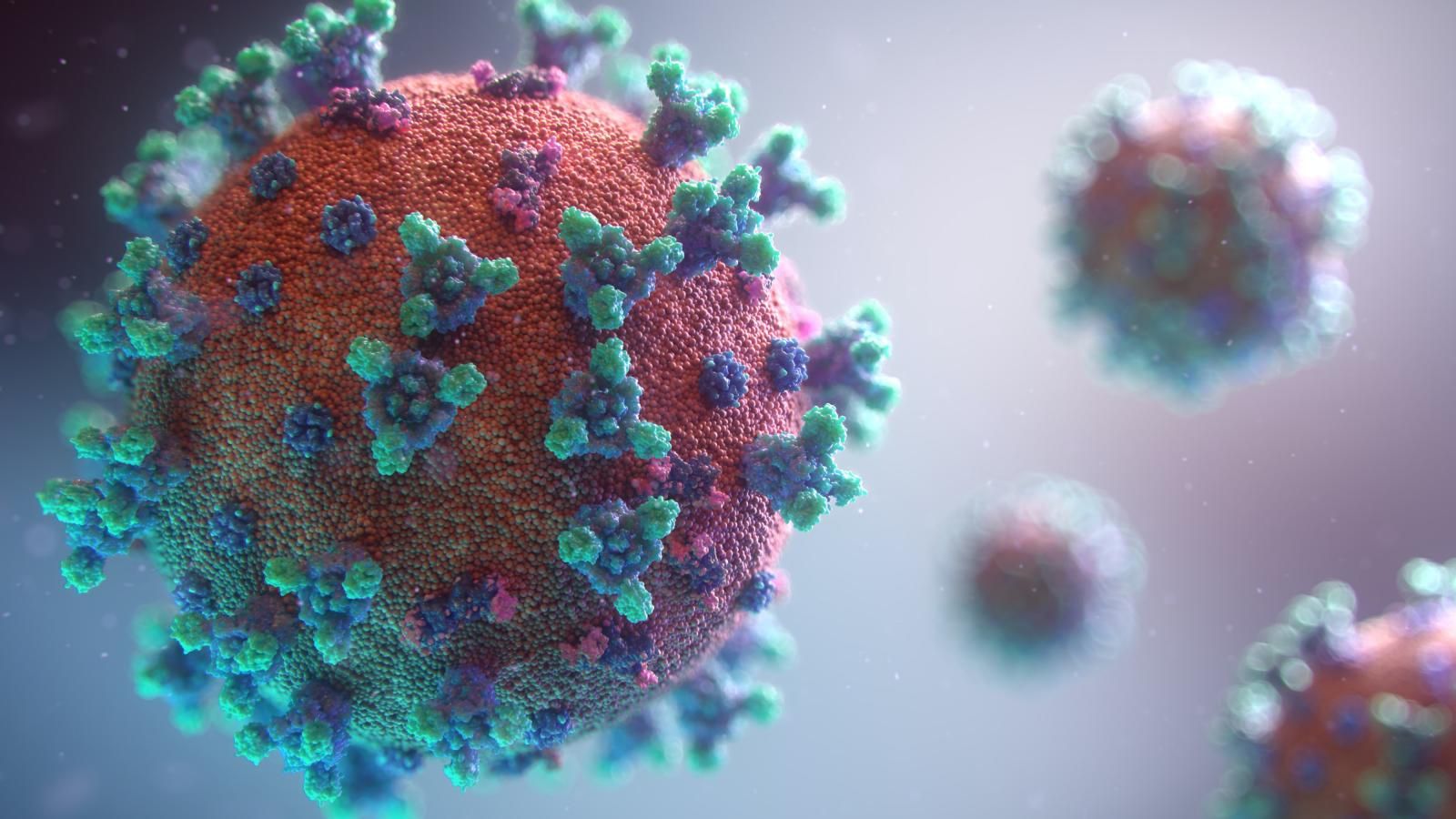Q&A: Red Blood Cell Distribution Width as a COVID-19 Severity Biomarker
An interview with a Harvard-based researcher on troubling associations between RDW and hospitalized COVID-19 patients' mortality risks.

New data published in JAMA Network Open this week showed red blood cell distribution width (RDW) at hospital admission, and increasing RDW during hospitalization, were associated with significantly increasing mortality risk among patients with SARS-CoV-2 infection.
The multiple-hospital cohort findings, presented by a team of investigators at Massachusetts General Hospital and Harvard Medical School, provide investigators further value of RDW assessment among inflammatory disease patients—as well as a much-needed potential biomarker for coronavirus 2019 (COVID-19) severity and progression.
In an interview with Contagion® regarding the findings, corresponding study author John M. Higgins, MD, discussed his team’s reasoning for assessing the biomarker, what the implications of the findings are, and what the role of RDW testing may be in the pandemic going forward.
Contagion: What inspired the basis of your team’s assessment into red blood cell distribution width among hospitalized patients with SARS-CoV-2 infection? From what previous research or findings did you follow the pursuit?
Higgins: One of the first uses of RDW was to help diagnose iron deficiency and the anemia associated with iron deficiency decades ago, but in the past decade or so, many studies have found that elevated RDW is associated with poor prognosis in a very wide range of disease, starting with heart failure and expanding to include many infections, cancer, other cardiovascular disease, autoimmunity, and more. It’s not clear why. We knew of RDW’s association with worse prognosis in many other disease, particularly diseases with significant inflammatory response, and we suspected it might be informative for COVID-19.
What is our current understanding of COVID-19 biomarkers?
Higgins: Patient age is probably the factor most strongly associated with poor outcomes, and we found that RDW helped further stratify patients by disease severity after adjusting for patient age. COVID-19 causes such an intense inflammatory response in some patients that there are many biomarkers that change in ways that can be detected in severe disease. RDW is one of the most strongly associated particular among single routinely-available tests.
Your team observed elevated red blood cell distribution width at hospital admission, plus increasing width throughout hospitalization, were associated with increased COVID-19 mortality risk. What stood out to you from the findings?
Higgins: We expected to find a statistically significant association but were surprised at the magnitude of the effect — 2.7x increased mortality among those with elevated RDW. Even though we don’t understand the mechanism for the elevated RDW, a relative risk that large is likely to be clinically useful to know about in many situations.
Could these findings have greater implication for better monitoring younger hospitalized COVID-19 patients?
Higgins: We did not study many patients younger than 40 and can only speculate about implications for patients in that age range. Based on the consistency of the pattern throughout the age range we did study, I think it would be wise for physicians to pay close attention to any young COVID-19 patient found to have a high RDW.
What should be our use of red blood cell distribution width testing in COVID-19 patients going forward?
Higgins: We should continue including it in the routine testing panel that COVID-19 patients receive, and this study suggests that it might be helpful to pay more attention to a patient’s RDW result. Some patients will already clearly be very ill, but in other cases, this test will provide complementary and useful information and may help focus attention on patients who need it.

















